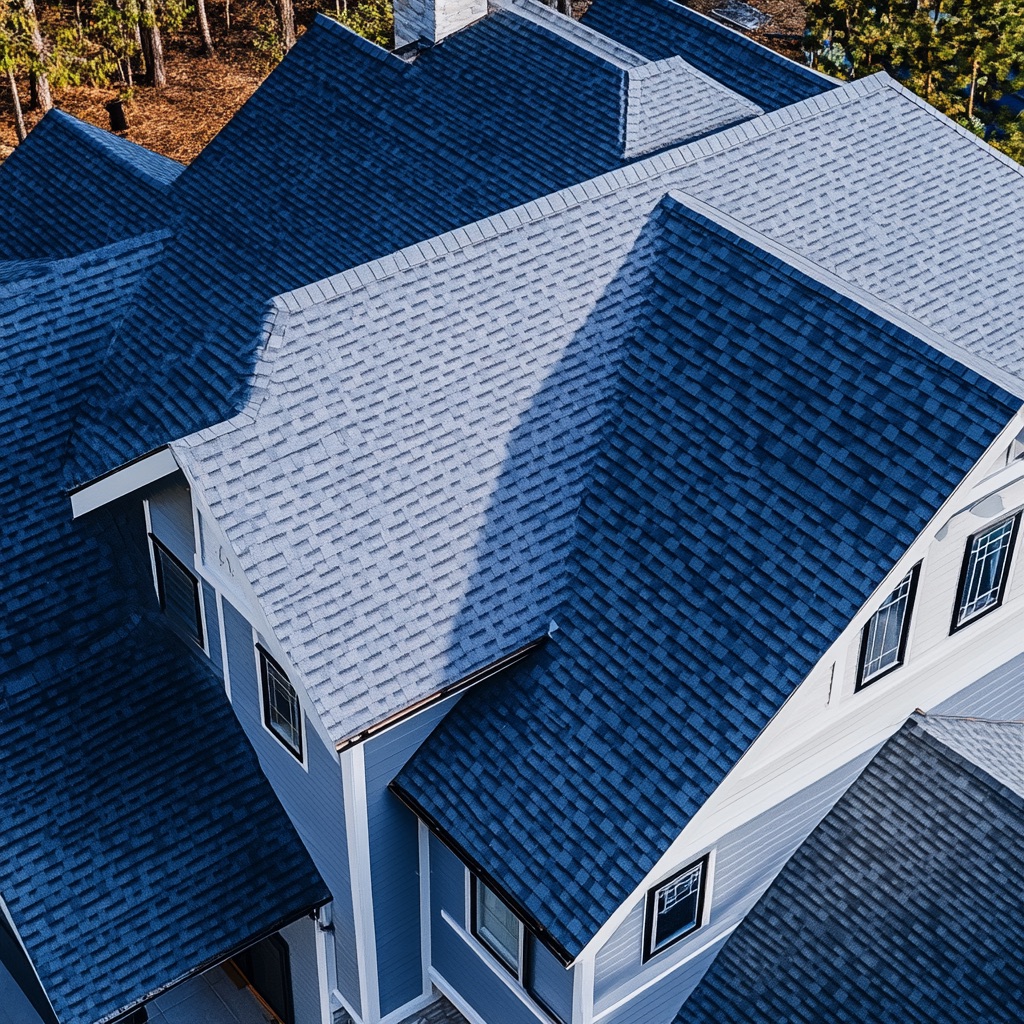Last updated on
Here’s how you can save costs during your next home construction project. Read on!
Finding ways to save costs without compromising quality is a constant pursuit in home construction. The ever-evolving construction industry offers a multitude of innovative approaches, technologies, and materials that enable homeowners and builders to optimize resources.
Implementing cost-saving strategies, from sustainable materials to modular construction and energy-efficient systems, has become essential. We explore various construction quotes, shedding light on practical ideas and expert insights to achieve financial efficiencies.
By navigating planning, design, materials, and project management, we unlock the secrets to building affordable homes that align with sustainable development goals.
Plan and Design Efficiently
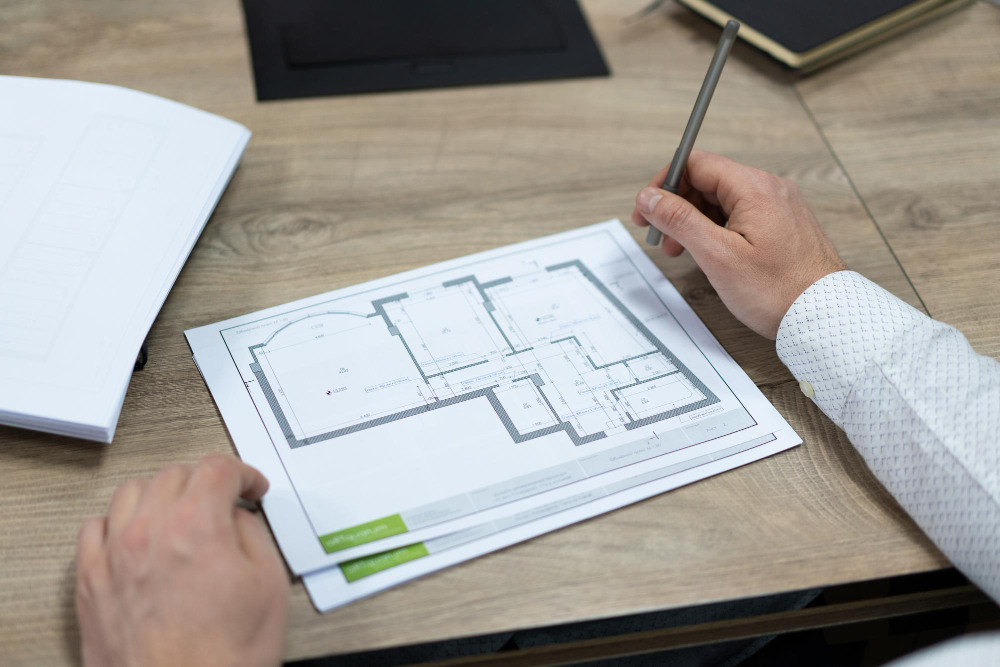
Proper planning and efficient design are essential for cost-saving in home construction. Collaborate with an architect or designer to optimize the layout, minimizing wasted space and reducing construction materials and labor costs.
A well-planned design ensures the house meets your needs while eliminating unnecessary square footage. By carefully considering the placement of rooms, circulation areas, and storage, you can achieve an efficient layout that maximizes space utilization, ultimately leading to cost savings without compromising functionality or quality.
Consider Alternative Construction Methods
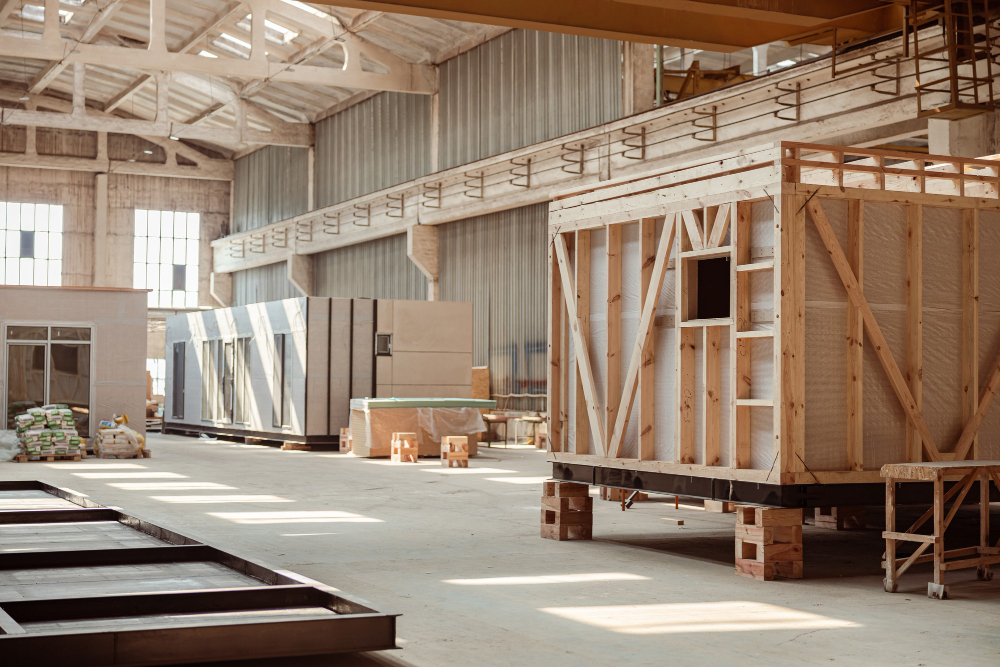
Exploring alternative construction methods, such as prefabricated or modular construction, can save time and money. These methods involve constructing components off-site and assembling them on-site. They can reduce labor and material costs while maintaining quality.
Prefabricated components are often more precise, resulting in less waste. By opting for alternative construction methods, you can streamline the construction process, minimize expenses, and potentially expedite the completion of your home.
Optimize Material Selection
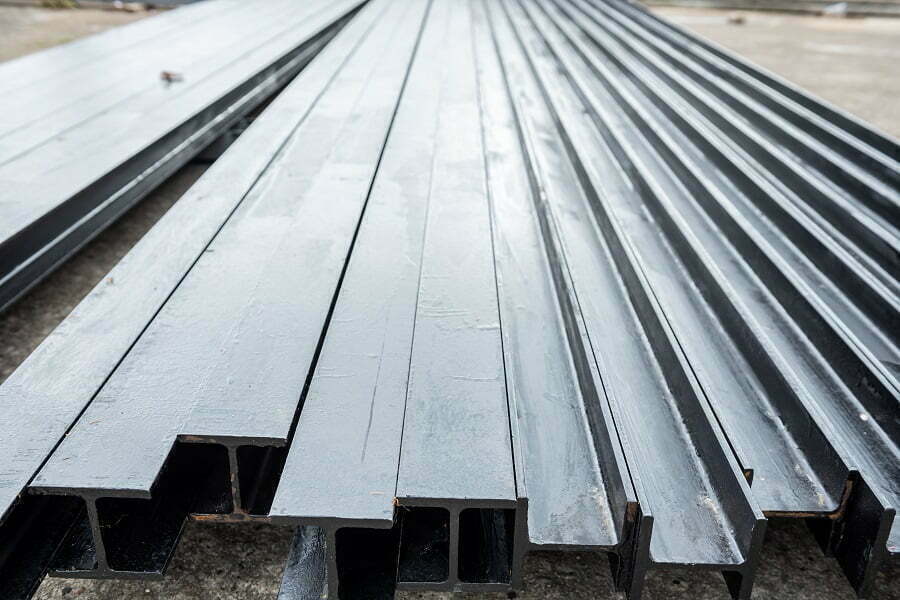
This is optimizing material selection by choosing cost-effective options without compromising quality. Look for discounts, deals, and bulk purchasing opportunities for materials like lumber, flooring, plumbing fixtures, and lighting. Additionally, consider using recycled or reclaimed materials where appropriate.
By being mindful of material costs and seeking economic alternatives, and exploring various construction quotes, you can effectively reduce expenses in home construction while maintaining the desired level of quality.
DIY and Sweat Equity

Utilizing DIY (do-it-yourself) projects or sweat equity to reduce labor costs in home construction is one effective method. You can save money by taking on tasks that match your skills and capabilities, such as non-structural or finishing work.
However, being realistic about your abilities and seeking professional assistance for critical tasks is essential. DIY efforts should be approached carefully to ensure quality and safety in the construction process.
Long-Term Maintenance Considerations
This emphasizes the consideration of long-term maintenance costs during construction. Homeowners can save money over time by choosing durable materials and systems that require less upkeep.
This involves selecting high-quality products that can withstand wear and tear, reducing the need for frequent repairs or replacements. Taking long-term maintenance into account ensures that the home remains cost-effective and minimizes the financial burden of ongoing upkeep.
Set a Realistic Budget
This emphasizes the importance of setting a realistic budget for your home construction project. Creating a construction estimate early on allows you to accurately determine the expenses involved, including materials, labor, permits, and contingencies.
By thoroughly assessing these costs, you can avoid overspending and make informed decisions throughout construction. Having a clear budget helps you prioritize expenditures, negotiate prices, and ensure the project stays within your financial limits while achieving your desired outcomes.
Value Engineering
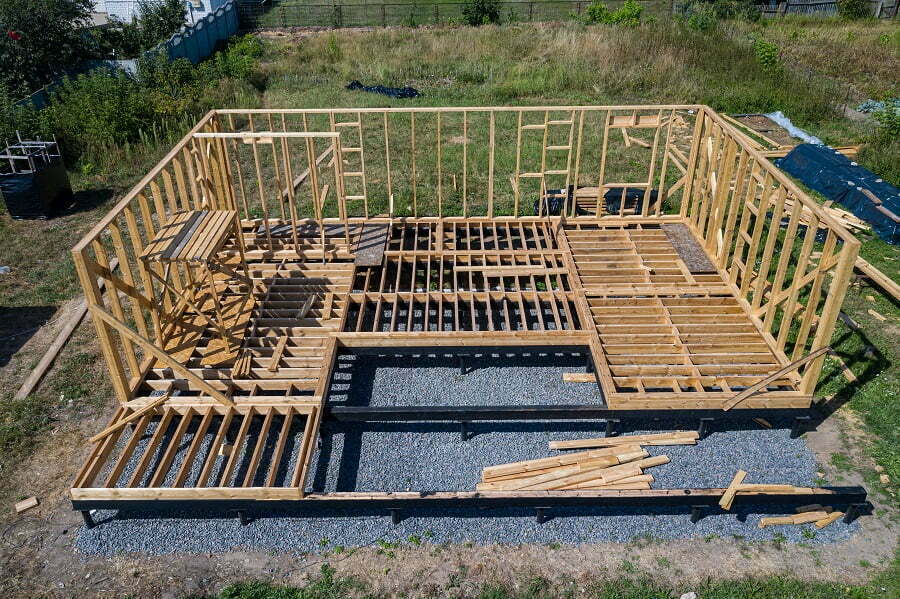
Value engineering involves reviewing the design to identify opportunities for cost reduction without compromising quality. It includes exploring alternative materials, adjusting specifications, or reevaluating design elements for more economical options.
By carefully analyzing the design, you can make informed decisions that reduce expenses while maintaining the desired functionality and aesthetics of the home. Value engineering helps optimize the construction process by maximizing value for the money spent.
Maximizing Efficiency with Remodeling Estimate Software
Implementing cost-saving strategies in home construction is a prudent approach that can yield significant benefits. Thorough planning and design, energy-efficient features, and careful material selection are critical factors in reducing expenses.
Collaboration and communication with builders, contractors, and suppliers are crucial in securing competitive pricing. Embracing technological advancements, such as remodeling estimate software, can streamline the construction process and optimize resource allocation.
By adopting these strategies, homeowners can achieve their dream home within budget, while builders can enhance their reputation and profitability. Ultimately, a well-executed cost-saving approach promotes sustainability, affordability, and customer satisfaction.
Recap



